One of the many great blessings in my life has been the opportunity to study with cultural anthropologist Angeles Arrien, author of Signs of Life. Again and again I have returned to her work and teachings, and now my daughter has begun to do the same. Perhaps it was the recent recognition of the seeming importance of the circle in my life that drew me to picking up the classic favorite. It had been years since I had taken the Preferential Shapes Test therein, and thus the book held particular opportunity to renew my experience. In Signs of Life Angeles, ever seeking and honoring cross-cultural perspectives and links through the myths, fables, fairytales and values in world cultures, examines the importance of five universal shapes found naturally in all cultures, often with similar interpretations and meanings, reflecting their archetypal nature. The five shapes examined in Signs of Life are simply the circle, the square, the triangle, the (equi-distant) cross, and the spiral. As gardeners we are all well familiar with the repetition of these shapes in our natural landscapes, as are we well versed in our recreating them through our various avenues of creation.

What Signs of Life does so simply and eloquently is to invite the reader to arrange and value the five universal shapes in order of current personal preference. Is it the square you are most drawn to? Or the triangle or circle? What follows is an enlightening process whereby one may examine what this might actually mean in your life today. Why are you drawn to the square, a symbol of foundation and consistency? What might it might mean that the triangle holds no interest for you at the moment, thus placing it in the fifth position? What unfolds is a fascinating tool for not only illuminating your own current process and priorities, but also for objectively reflecting what a loved one might be focused on at the moment in his or her own process, allowing for greater understanding, respect, acceptance and compassion for those we love. Don’t you just love it?
“The soul never thinks without an image.” Aristotle
Very briefly the five shapes represent the following:
The Circle–symbolizes wholeness and the experience of unity
The Equidistant Cross–symbolizes the process of relationship and intergration
The Spiral–symbolizes the process of growth and evolution
The Triangle–symbolizes goals,visions and dreams
The Square–symbolizes stability, solidity and security
After deciding in what order you are currently attracted to the five universal shapes Signs of Life illuminates the significance of the position in which you have placed each shape. I once again found this to be a fascinating process, as did Antonia when she was here for Christmas. I will now be examining how I can honor this realization in my everyday life. And, frankly, would it not be utterly fascinating for an inspired gardener to use this book and then to employ his or her findings in planning next spring’s garden? Oh, I do hope so. I will not be one bit surprised if one of you is already thinking in terms of triangular beds for herbs or a square raised bed for strawberries. Is it you? Signs of Life might be a fun way to find out what is brewing below the surface as you are imagining your new creations! Do tell!
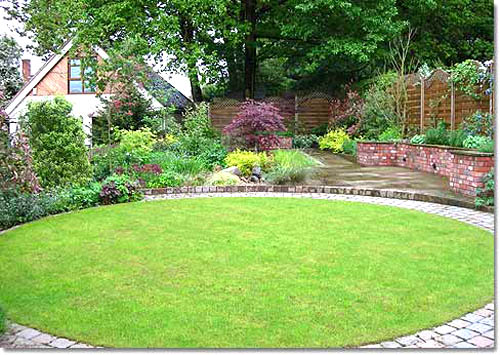
Love and New Year’s blessings,
Kathryn xoxo
Posted on January 3rd, 2009 by Kathryn
Filed under: Book Notes
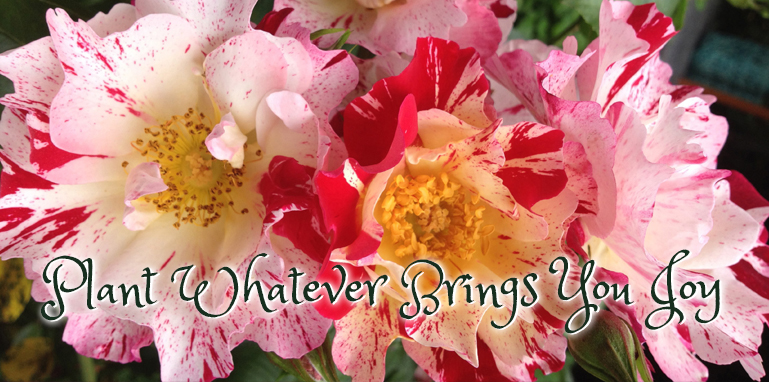
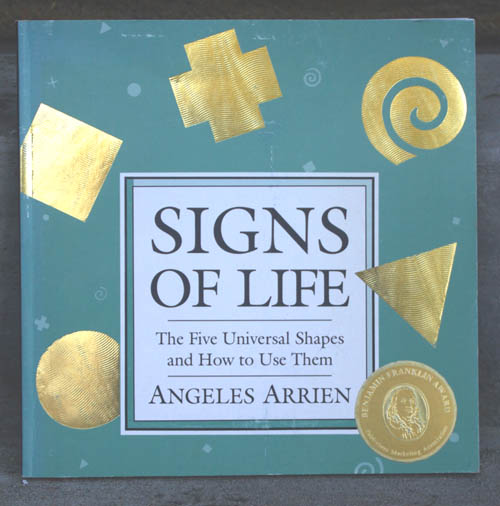








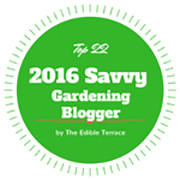

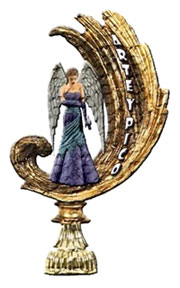
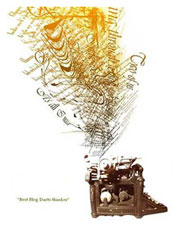
Great job, mom! What a great tool to introduce to your readers!
It truly does reflect the path well! 🙂 Lovely gardening ties!
What a Gorgeous idea! Fun!
Love you,
Antonia
xoxox
Hi, Antonia! Thank you! I was so happy you found value in this book, too! Love, Mom xoxo
Ohh how interesting!
I’m finding the big question mark the most interesting avenue to explore at the moment 😉
Happy New Year Kathryn!
Hi, VP! Well, now you’ve left me wondering (ironically) about the Big Question Mark! Kathryn xoxo
Hi Kathryn,
I love the shape of circle. Last year I made a temporary labyrinth in a circle out of sand. I say temporary, as the only space large enough was where the outdoor table resides, The circle shape remains as the “patio”. I made this out of horticultural sand. It is delicious to be barefoot on when the weather is warmer.
This last weekend I did a major clean-up in the garden. The path in the Halamanan (veg. garden) I made with more of a curve. I am planning a new path in a curve behind the lemon tree. I use the natural rock dug up on the site as stepping stones (we have lots of serpentine rock). The gently curving stones make me take my time and walking in the garden becomes an exploration, a journey in what is a actually a small city garden.
All so fun to think about and consider.
🙂
Philip
Good morning,Philip! Wow! (You should to a post on labyrinths! We both should!) 🙂 How fortunate to have rock right on site! I’m happy you are thinking about design shapes. You would, of course! I hope you will take Angeles’ test, as it will add a whole new layer to your thinking! Trust me! Kathryn xoxo
Well, now I must get this book! A friend of mine was telling me about this. Ahh…yet another book to add to my library- thank you!
Hi, Tessa, Wonderful! This is a fun book to share with others, too. You can ask your family and friends to take the Preferential Shapes Test and then compare notes! You’ll get even more out of it that way! You’ll be surprised. Enjoy! Kathryn xoxo
Always there with a new challenge, loved this post, dear Kathryn. Another wonderful book to add to my list for the New Year… thank you.
Hi, dear Joey! I look forward to hearing how you like the process! Happy New Year! Kathryn xoxo
Hi Kathryn,
I’m new to blogging and am having such fun wandering through all the gardening blogs for inspiration – and yours certainly gives me that!
I’m a keen gardener and am (very) slowly creating a Japanese garden in one area of our large garden. I also have an organic fruit and vegetable plot and an old house which we are slowly renovating – hmm, why does ‘slowly’ keep cropping up?!
Liz
Welcome, Liz! I so appreciate the visit and the kind words! I think the Japanese would appreciate your slow and thorough approach. I would think that would go hand in hand. Have fun! Kathryn xoxo
Kathryn, I have not come across this book – so thank you for the link to Angeles Arrien website and bringing the book to my attention, it sounds right up my street!
I have enjoyed this post, thank you.
Karen
Hi, Karen, I was just thinking of you this morning, just having posted the Grace Hudson post, and knowing how you appreciate Artists! Yes, I think you will enjoy this book, and anything you can gain from Angeles (who has other wonderful books), DO! Highly recommended. Kathryn xoxo
I’m a retired art teacher who occasionally did projects since the 90’s with students using Signs of Life. Kids were always curious and enjoyed the process, eventually making their own artwork, usually based on the first, third, and last shapes. Unfortunately, my book was long ago lost. Meanwhile, I’m curious if, over the years, other people have been creating art inspired by these shapes and processes. Plus, as I’ve now begun reading about Native American cultures I’m wondering if any further study or insights have developed and published over the decades in regards to these shapes. Thank you!
HI, Craig and welcome! Lovely to hear you did that. Good news! Signs of Life is still available on Amazon. I am only familiar with Angeles’ book, however I studied with her extensively, and know her work to be grounded in cross-cultural considerations. So, the answer to your question would definitely be yes. Kathryn